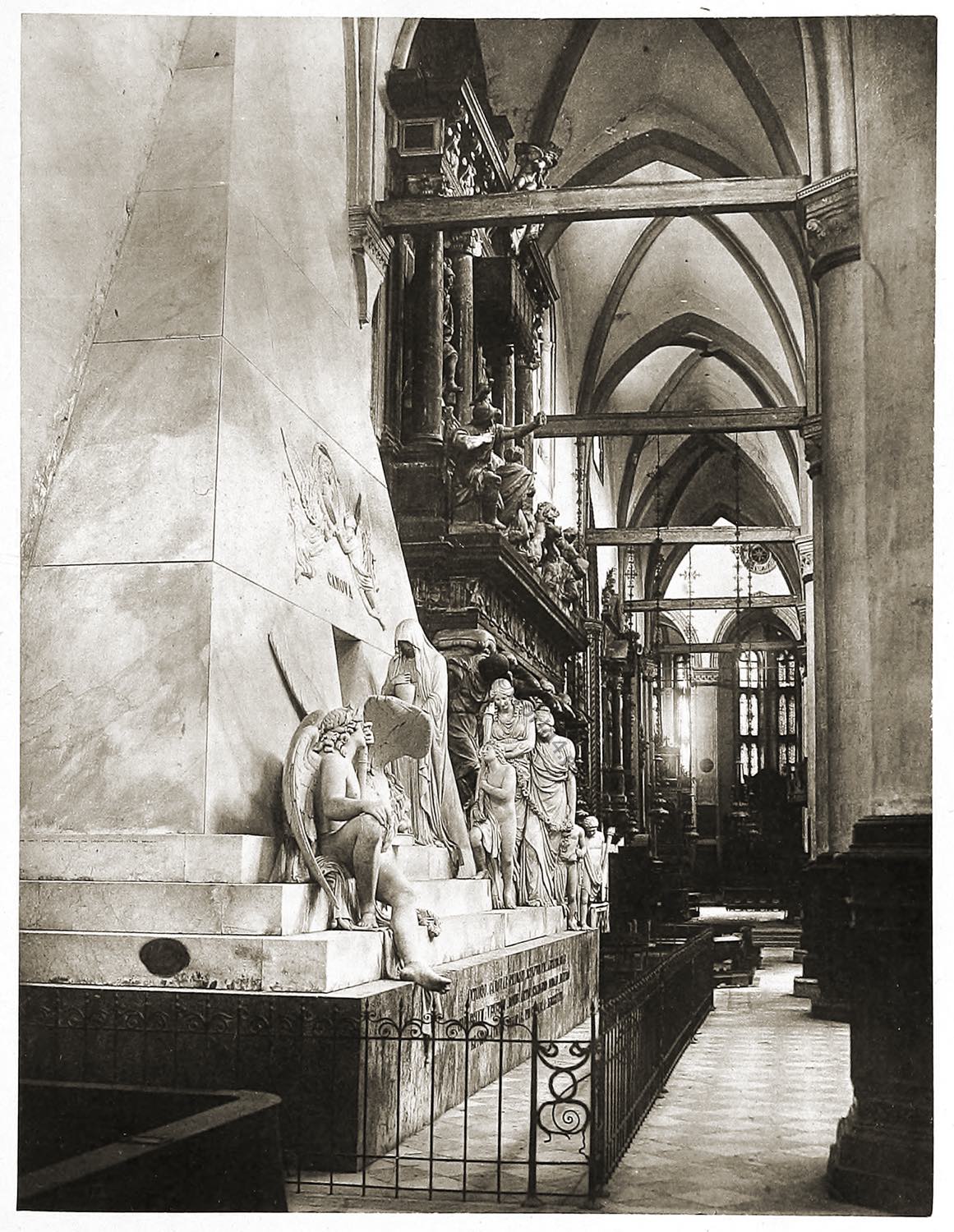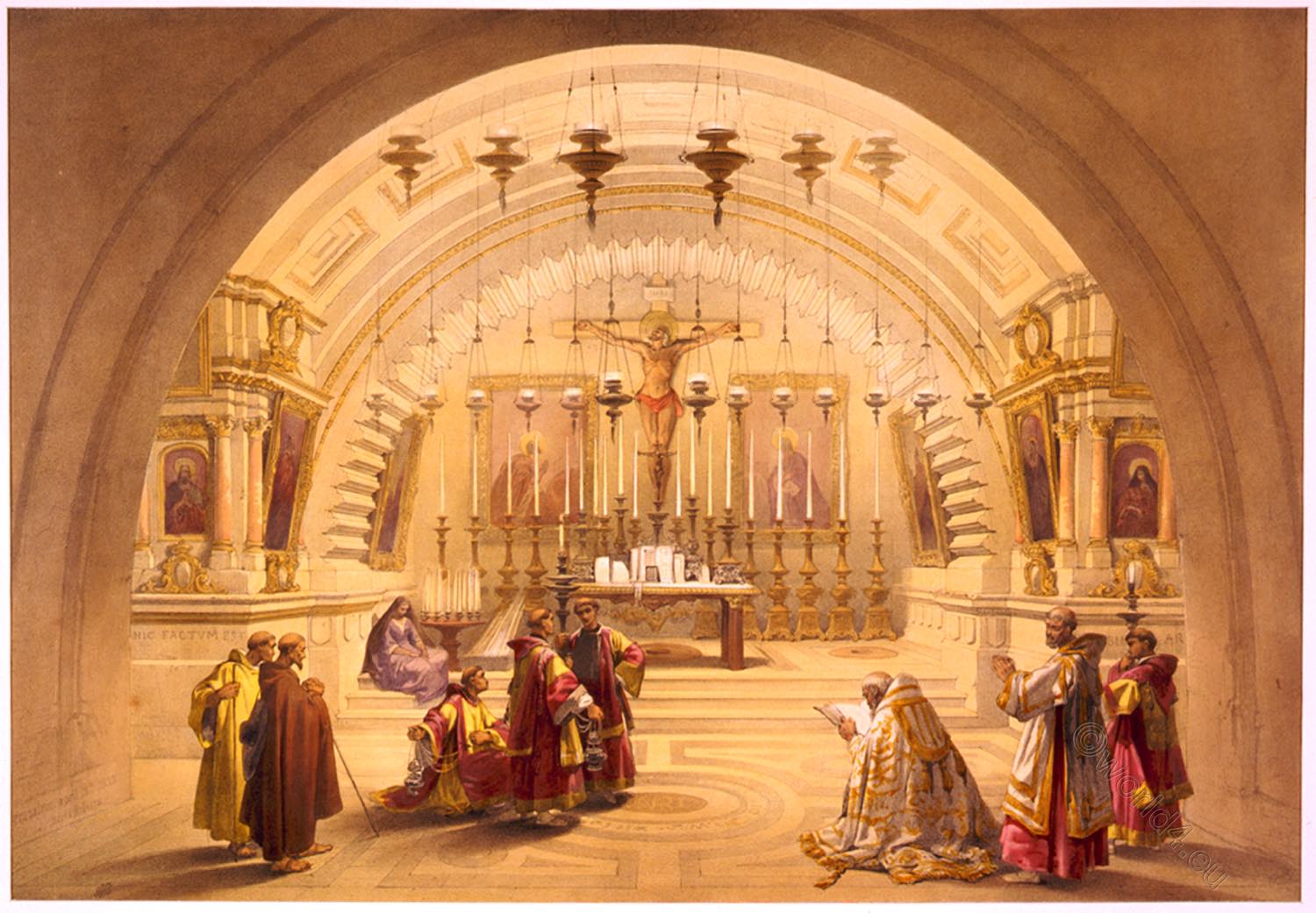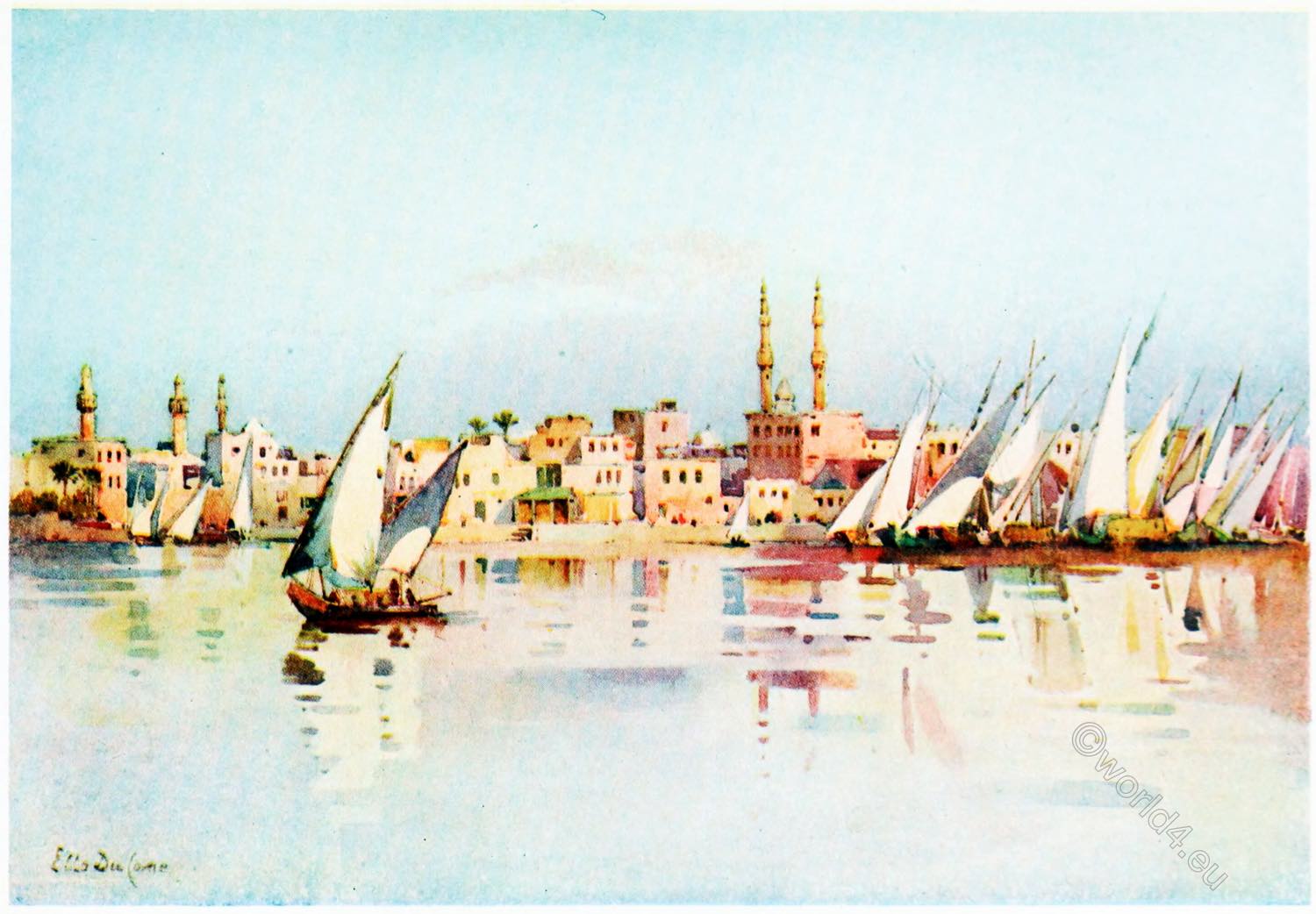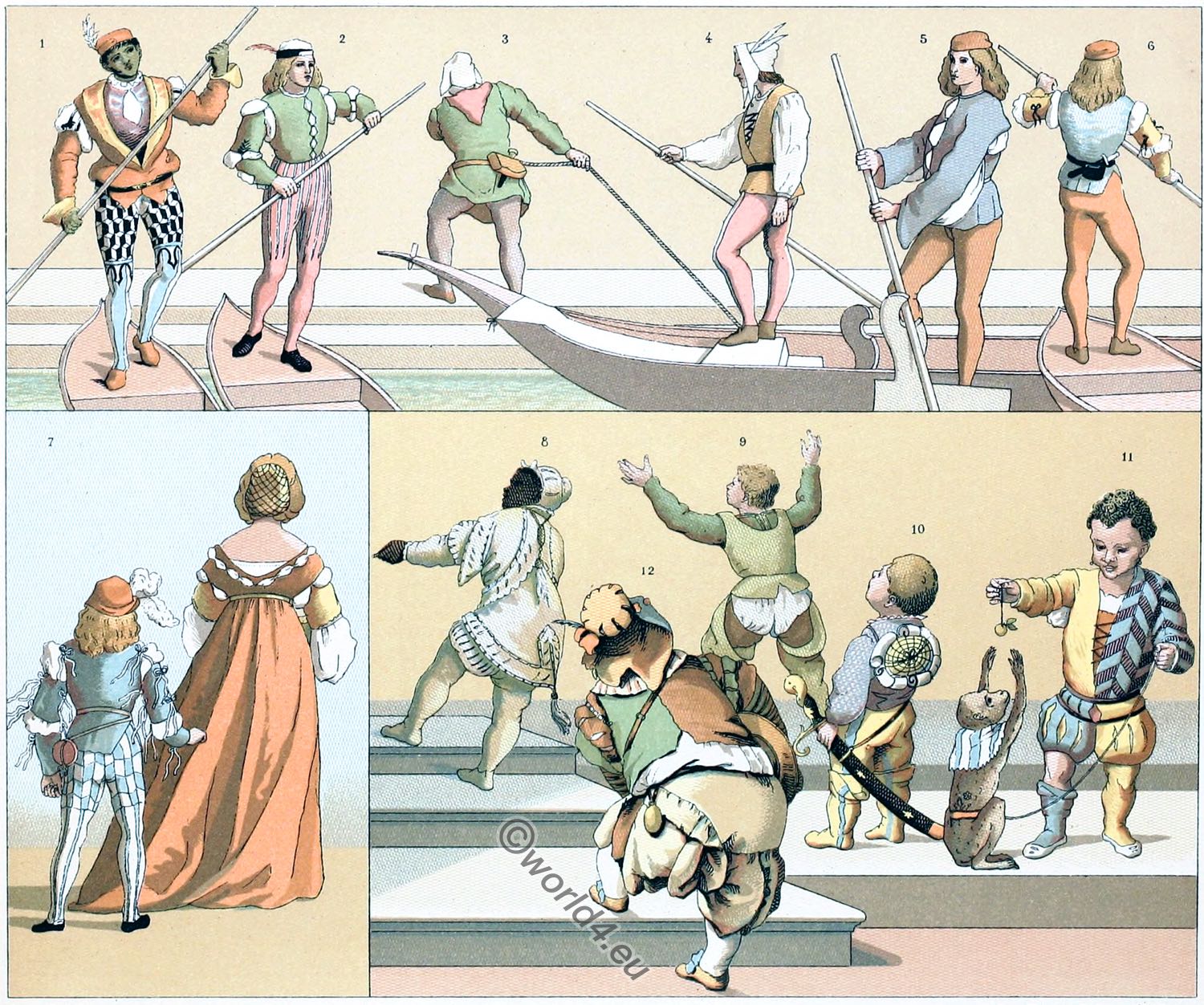
CANOVA’S TOMB, CHURCH OF SANTA MARIA DE’ FRARI, VENICE.
Antonio Canova (1757-1822) sculptor. He is considered one of the main representatives of Italian classicism.
IN the Church of Santa Maria de’ Frari, a structure of the Tedesco-Gotico or pointed Gothic style, and dating from the thirteenth century, rest the remains of Canova.
All around him lie the ashes of the noble, the powerful, and the celebrated, many good paintings also adorn the church, and in the suppressed Convent of the Frari are deposited the archives of the old republic of Venice, so that the tomb before us is in no unsympathetic company, but surrounded by objects akin to the great artist whom it commemorates and enshrines.
Canova was born on the 1st of November, 1757, at Possagno, in the Venetian territory.
His father was an architect, and worked in marble, so that the growing genius of the young boy was early initiated into that art in which he was ” hereafter to win so great a name.
At the age of fourteen his father sent him to Venice, where he entered the studio of a sculptor named Bernardi, on whose death he was handed over to his nephew Ferrari, and two baskets of fruit and flowers, carved in marble, are still lovingly preserved in Venice as memorials of these youthful days.
About this time he commenced also his first work of imagination, a group of Orpheus and Eurydice, which he modeled at his native village whilst still attending the Academy in Venice. This procured him some reputation, and his kind patron Faliero, by whose assistance he had been placed with Bernardi, and who had ever since stood his firm friend, gave him a recommendation to the Venetian Ambassador at Rome, where he arrived in October, 1779, whilst in his twenty-second year. His group of Daedalus and Icarus was sent him, and placed in one of the saloons of the Cavalier Zuliano, the Venetian Ambassador, round whose table gathered the very best artists, critics, and literati of the day. We may imagine what this moment of suspense was to the youthful artist, not but that the genius which had created such beauty would also assure him that it was beautiful, in spite of all critics, had their opinion been unfavorable, but that on the opinion of Zuliano’s guests depended, in great measure, the success of pis future career.
The connoisseurs gathered round the group of statuary; for some time there was a profound silence; to a Scotch artist, Gavin Hamilton, a man of exquisite taste although not of eminent genius, belongs the honor of the first word that was spoken; he pronounced the highest encomiums upon the work, and gave to the young sculptor, at the same time, valuable advice and encouragement; the line was followed by brother critics, and Canova “woke up” from his reverie of expectation, like Byron on the publication of “English Bards and Scotch Reviewers,” to “find himself famous.”
Canova returned to Venice, and soon after established himself in Rome, on the strength of a pension from his government of three hundred ducats a year for three years.
He travelled, when young, over part of Germany, and was twice In Paris. On his last visit he was engaged in superintending the works of art which had been taken by the French, and from Paris proceeded to England, where a warm reception awaited his genius and renown, and the sight of the Elgin marbles repaid him, as he expressly declared, for his journey from Rome.
He died in Venice, after an illness of a very few days, whilst engaged in modeling decorations for a church which he had built in his native Possagno, and was buried in the noble tomb portrayed in the photograph, which was raised by subscription from the ma?y admirers of his great powers.
He was as kind-hearted and generous to his brother artists and competitors for fame as he was raised above them by his genius; and his natural disposition, and the degeneracy of his age, saved him alike from the jealousies which marred the magnanimity of Michael Angelo, and the ceaseless toil which wore out the immortal Raphael in his youth.
His works attest his talents, and this monument records his fame. Requiescat in pace.
Descriptive Article by Francis Clement Naish. Photographed by Naya.
Source: Treasure spots of the world: a selection of the chief beauties and wonders of nature and art by Walter Bentley Woodbury (1834-1885); Francis Clement Naish. London: Ward, Lock, and Tyler, Paternoster Row, 1875.
Continuing






